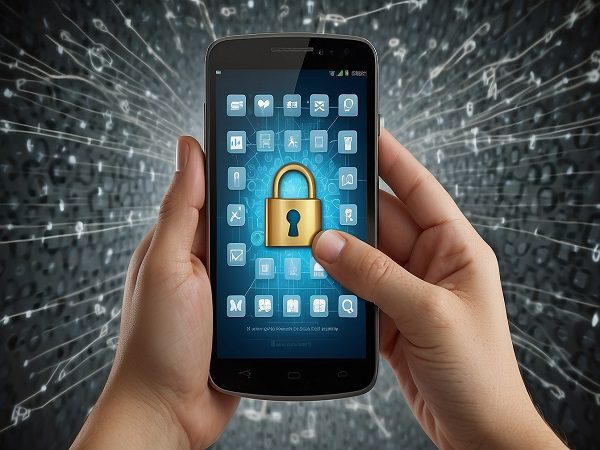Introduction
In today’s digital age, our smartphones and tablets have become essential tools for communication, work, and entertainment. However, with the convenience of mobile devices comes the risk of security threats. From malware to data breaches, mobile security is a crucial concern for individuals and businesses alike. To help you protect your devices and personal information, here are 10 practical tips to enhance mobile security:
Keep Your Software Updated
Regularly updating your device’s operating system and apps is one of the simplest yet most effective ways to safeguard against security vulnerabilities. Manufacturers and developers release updates to patch security flaws and enhance protection against emerging threats. Make it a habit to check for updates regularly and install them promptly to keep your device secure.
Enable Device Locks
Setting up a strong passcode, PIN, or pattern lock adds an extra layer of security to your device. In the event of loss or theft, a lock screen can prevent unauthorized access to your personal data. Additionally, consider enabling biometric authentication features such as fingerprint or facial recognition for added convenience and security.
Use Secure Wi-Fi Networks
Public Wi-Fi networks, such as those found in cafes, airports, and hotels, pose significant risks to your device’s security. Hackers can intercept data transmitted over unsecured networks, potentially compromising your sensitive information. Whenever possible, connect to trusted Wi-Fi networks with encryption protocols such as WPA2. Alternatively, use a virtual private network (VPN) to encrypt your internet traffic and protect your privacy.
Be Cautious of Phishing Attempts
Phishing attacks target unsuspecting users through deceptive emails, text messages, or websites. These scams often masquerade as legitimate organizations to trick users into revealing sensitive information or downloading malicious software. Exercise caution when clicking on links or downloading attachments from unknown sources, and verify the authenticity of requests before providing any personal or financial information.
Install Antivirus Software
Antivirus and security software can help detect and remove malicious programs, including viruses, spyware, and ransomware, from your mobile device. Choose a reputable antivirus app from a trusted developer and regularly scan your device for potential threats. Additionally, consider enabling real-time protection features to proactively defend against malware infections.
Secure Your Mobile Payments
Mobile payment services offer convenience and efficiency for making transactions on the go. However, it’s essential to take precautions to protect your financial information from unauthorized access. Use reputable payment apps from trusted providers and enable additional security features such as passcodes or biometric authentication. Avoid storing sensitive payment information on your device whenever possible and monitor your accounts regularly for any suspicious activity.
Backup Your Data Regularly
Backing up your data ensures that you can recover important files and information in the event of device loss, theft, or damage. Utilize cloud storage services or external storage devices to create regular backups of your contacts, photos, documents, and other essential data. Set up automatic backup schedules to ensure that your backups are up-to-date and easily accessible when needed.
Exercise App Permissions Control
Review and manage the permissions granted to each app on your device to limit access to sensitive data and features. Some apps may request unnecessary permissions that can compromise your privacy and security. Be cautious when granting permissions and consider revoking access to any unnecessary or suspicious permissions from third-party apps.
Enable Find My Device
Many smartphones and tablets come with built-in features such as “Find My iPhone” or “Find My Device” for locating lost or stolen devices remotely. Enable these features and configure them to allow you to track your device’s location, remotely lock or erase its data, and send alerts in case of unauthorized access. These features can help you recover your device and protect your personal information in case of loss or theft.
Educate Yourself and Stay Informed
Staying informed about the latest mobile security threats and best practices is essential for protecting your devices and personal information. Follow reputable sources such as cybersecurity blogs, news outlets, and official security advisories to stay updated on emerging threats and security trends. Educate yourself about common security risks and how to mitigate them effectively to keep your devices safe and secure.
Conclusion
Mobile security is a critical aspect of digital safety in today’s interconnected world. By following these 10 tips, you can enhance the security of your mobile devices and minimize the risk of falling victim to cyber threats. From keeping your software updated to exercising caution online, taking proactive measures to protect your devices and personal information is essential for safeguarding your digital lifestyle. Stay vigilant, stay informed, and stay secure!


































